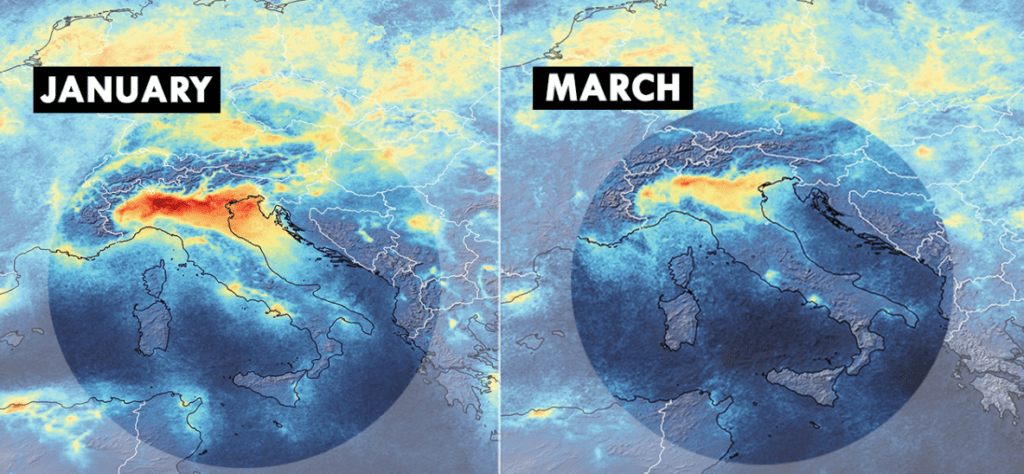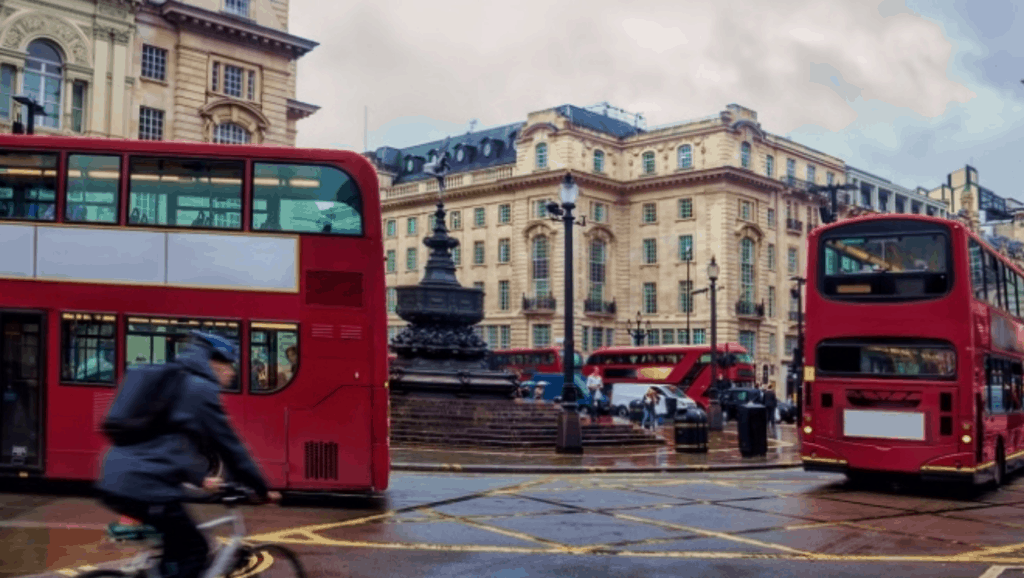Back in the spring, we produced a number of articles about the impact that the global lockdown has on air pollution. Here is a link to a couple of articles:
Dramatic fall in London pollution – More Info
Burning outside and cleaner air in pandemic – More Info
Surely reducing vehicle use and levels of NO2 will only have a positive impact on our environment?

What can we take form the air quality during the first lockdown?
News focused on the benefits, which a reduction in vehicle traffic was having on our air quality. However, it didn’t look at the increase in toxic air pollution that came about due to changes to atmospheric composition. The increase in ozone (O3) could actually be more harmful to human health – particularly so when the planet’s population is vulnerable to Covid19.
We need to stop regarding lockdown as the perfect solution to cleaner air, and instead understand air quality as a whole, so governments around the world can take a proper approach to dealing with air pollution.
AQEG calls for evidence:
Acting on behalf of DEFRA, the research paper, which looked at lockdown pollution after the Air Quality Expert Group’s (AQEG) call for rapid evidence surrounding this. The objective was to assess changes in air pollution emissions, concentrations and exposure during the COVID-19 outbreak in the UK.
The lockdown period provided a unique opportunity to assess the atmospheric response given the volume of traffic fell to levels last seen in the 1950s, declining by as much as 70%-80%.
The south-east was chosen for the study as it has the largest regional population of approximately 9.13 million and is geographically located between two major air pollution hotspots (London and north-western Europe).
Using data collected from the UK’s national network of air pollution monitoring stations, the research showed that over the March – June 2020 period, nitrogen dioxide (NO2) concentrations fell by between 14% and 38% compared to the previous five-year baseline for the same period due to a large decrease in the use of vehicles. As a result, there was a change in atmospheric composition, resulting in the public’s exposure to various pollution. Essentially if you disturb one chemical balance in the atmosphere, you alter the other one.
The fast decline of NOx (nitrogen oxide) from lockdown saw an increase in ground-level ozone.

So was lockdown dangerous to our health?
It’s well known that vehicle emissions are damaging to our health, as are other emissions, such as those from open fires and burning unseasoned wood. However, exposure to ozone (o3) can cause more damage (specifically lung damage) to people in equal volume amounts, when directly compared to NO2 (Nitrogen dioxide).
It was lockdown that caused a change in atmospheric composition, leading to this increase in ground-level ozone. So while there were some benefits of lockdown, it’s important to understand the larger picture.
More information on this will follow in time….







